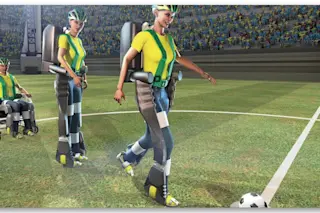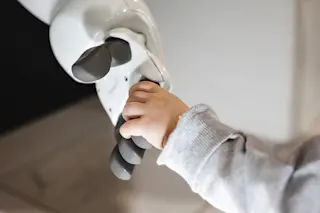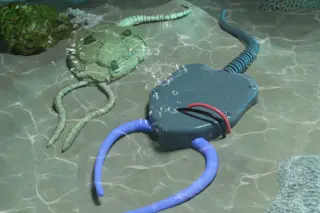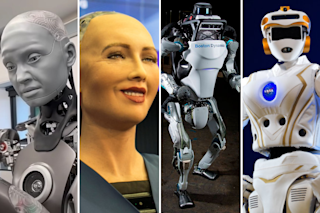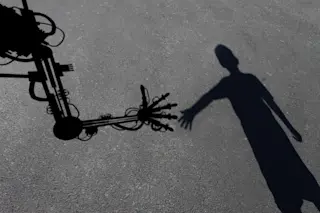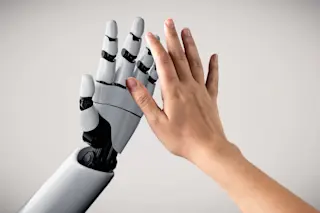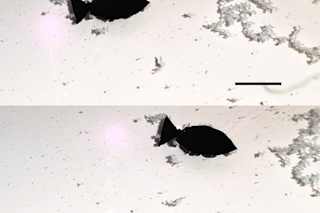There will be thousands of kicks on the pitches of Brazil before one country emerges as the champion of the World Cup. But even if you counted every kick, the first kick is sure to stick out as the most significant. During the opening ceremonies in Sao Paulo tomorrow, an unidentified Brazilian, paralyzed from the waist down, will don a first-of-its-kind, mind-controlled exoskeleton to stand up, take a few steps and kick a soccer ball to officially start the quadrennial competition.
Thursday’s kick is the culmination of over 30 years of research combining the brainpower of 156 international scientists led by Miguel Nicolelis of Duke University. Eight patients, men and women between the ages of 20 and 40, have for months been training with the exoskeleton. The ceremony represents an important — but far from final — milestone in scientists' quest to make this technology widely available.
The machine is ...


